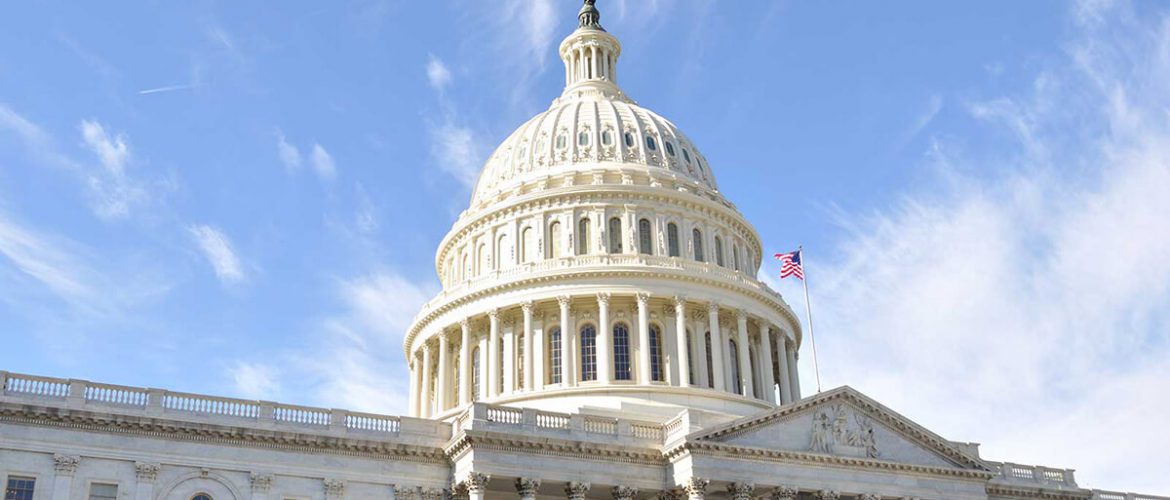Senate Approves Major PPP Changes + Tools from Recent NASF PPP Virtual Forum
Legislative Alert: Senate Passes PPP “Fix” for Loan Forgiveness
The U.S. Senate passed the House version of Paycheck Protection Program (PPP) legislation Wednesday, June 3rd, tripling the time allotted for small businesses and other PPP loan recipients to spend the funds and still qualify for forgiveness of the loans. The bill passed in a unanimous voice vote hours after Wisconsin Sen. Ron Johnson raised concerns that initially blocked the package.
Among the key provisions is a change in the threshold for the amount of PPP funds required to be spent on payroll costs to qualify for forgiveness to 60% of the loan amount.
The Senate approval sends the House bill to the White House for signature.
The vote had to be unanimous because the Senate is not officially in session. That meant that any senator could force the matter to be delayed until the Senate returned to Washington with enough members for a quorum and a vote.
Leaders from both parties in the Senate pushed to pass the legislation on Wednesday as the clock on the initial eight-week window recently expired for the first recipients of PPP loans. Johnson dropped his objections after Senate leader Mitch McConnell agreed to add a letter to the Congressional Record clarifying that June 30 remains the deadline for applying to receive a PPP loan. The bill moves the June 30 deadline for spending the PPP funds to Dec. 31 to accommodate the new 24-week window.
Following is a summary of the legislation’s main points compiled by the American Institute for Certified Public Accountants (thank you to AICPA for this update):
-
- Current PPP borrowers can choose to extend the eight-week period to 24 weeks, or they can keep the original eight-week period. New PPP borrowers will have a 24-week covered period, but the covered period can’t extend beyond Dec. 31, 2020. This flexibility is designed to make it easier for more borrowers to reach full, or almost full, forgiveness.
- Under the language in the House bill, the payroll expenditure requirement drops to 60% from 75% but is now a cliff, meaning that borrowers must spend at least 60% on payroll or none of the loan will be forgiven. Currently, a borrower is required to reduce the amount eligible for forgiveness if less than 75% of eligible funds are used for payroll costs, but forgiveness isn’t eliminated if the 75% threshold isn’t met. Rep. Chip Roy (Texas), who co-sponsored the bill in the House, said in a House speech that the bill intended the sliding scale to remain in effect at 60%. Senators Marco Rubio and Susan Collins indicated that technical tweaks could be made to the bill to restore the sliding scale.
- Borrowers can use the 24-week period to restore their workforce levels and wages to the pre-pandemic levels required for full forgiveness. This must be done by Dec. 31, a change from the previous deadline of June 30.
- The legislation includes two new exceptions allowing borrowers to achieve full PPP loan forgiveness even if they don’t fully restore their workforce. Previous guidance already allowed borrowers to exclude from those calculations employees who turned down good faith offers to be rehired at the same hours and wages as before the pandemic. The new bill allows borrowers to adjust because they could not find qualified employees or were unable to restore business operations to Feb. 15, 2020, levels due to COVID-19 related operating restrictions.
- New borrowers now have five years to repay the loan instead of two. Existing PPP loans can be extended up to 5 years if the lender and borrower agree. The interest rate remains at 1%.
- The bill allows businesses that took a PPP loan to also delay payment of their payroll taxes, which was prohibited under the CARES Act.
Resources from Recent NASF’s PPP “Virtual Washington Forum” Session
In anticipation of the pending PPP changes, the NASF yesterday hosted Tom Sullivan, Vice President for Small Business Programs at the U.S. Chamber of Commerce, to walk through what the emerging changes mean, how companies may be affected, and how to navigate the program. Over 80 NASF members registered for the session.
Tom brought relevant insights to NASF participants and answered a number of PPP questions, between appearing on Capitol Hill in the morning to address the need for changes and giving an interview to Yahoo Finance on the push for a PPP fix and the economic outlook for small business.
NASF has been working with its leaders across the nation through the pandemic to inform the process as lawmakers consider changes for small business:
“We’ll continue to be effective advocating for NASF members through our work with Tom, the US Chamber of Commerce and the Small Business Council. Thanks to all NASF members who have provided input to us so that we can get things done with lawmakers and provide value for the surface finishing industry,” said Christian Richter of The Policy Group from NASF headquarters in Washington.


